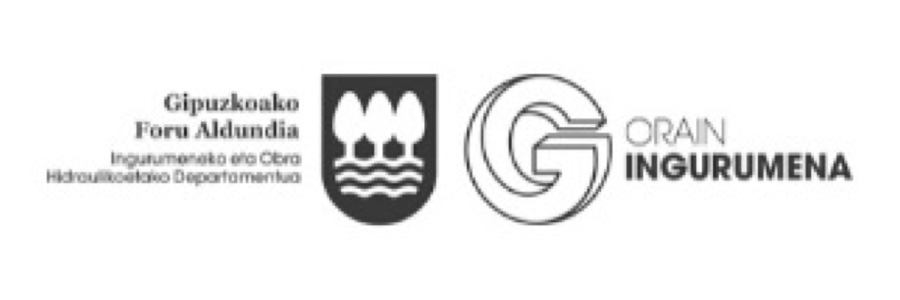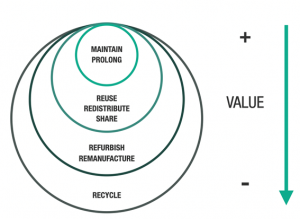Global decarbonization goals:
By 2030. Countries must reduce their emissions by at least 45% compared to 2010.
By 2050. Transition to “net zero emissions”, must be achieved.
(UNFCCC)
What we do
Carbon footprint, water footprint and environmental footprint assessment
We measure the carbon, water, and environmental footprint of events (sporting, cultural), organizations and products. We analyze your company’s specific data with advanced tools and the most up-to-date databases
Carbon footprint and water footprint calculator
We develop custom calculators for measuring environmental impacts, such as the carbon and water footprint of organizations, products, and events.
EPDs
We develop EPDs, Environmental Product Declarations, assisting our clients through the verification process.
Consulting services to assist companies in integrating sustainability into their operations
LCA / Life Cycle Assessment
We provide tailored solutions involving the development and implementation of policies and measures. We optimize environmental performance and measure impact based on Life Cycle Analysis.
Circular economy / Ecodesign
We can provide expert advice on circular economy and assist in integrating ecodesign strategies to implement sustainable practices and optimize resource usage in your business operations.
Training
We offer training services for companies, universities, educational centres and other institutions.
With more than 20 years of experience in higher education for public and private institutions, we define sustainability training plans adapted to our client’s needs.
We provide a wide range of courses covering various Sustainability topics, including the circular economy, ecodesign, life cycle analysis, biomimicry, leadership and innovation. Our courses are available in different formats, such as periodic classes, workshops, seminars, and talks.
We work with





































